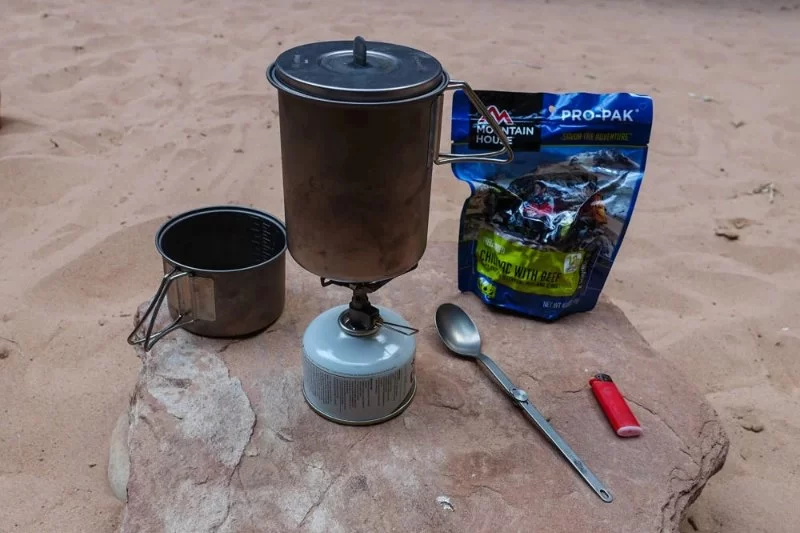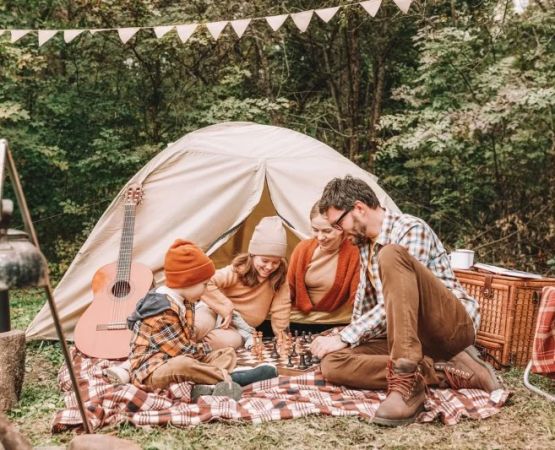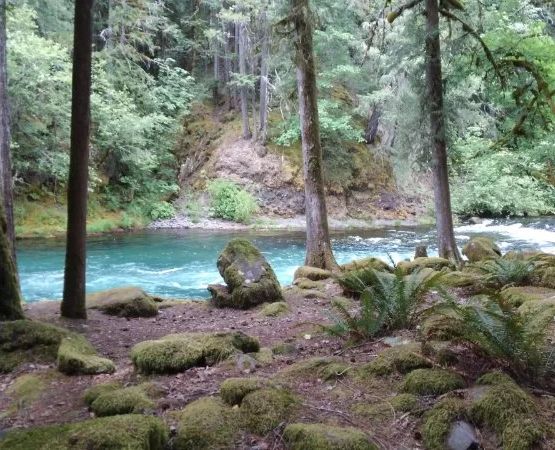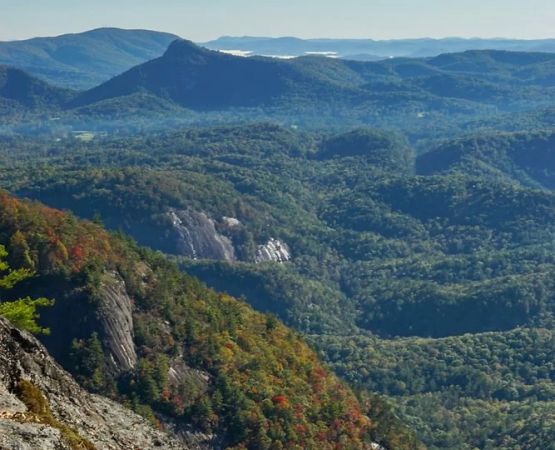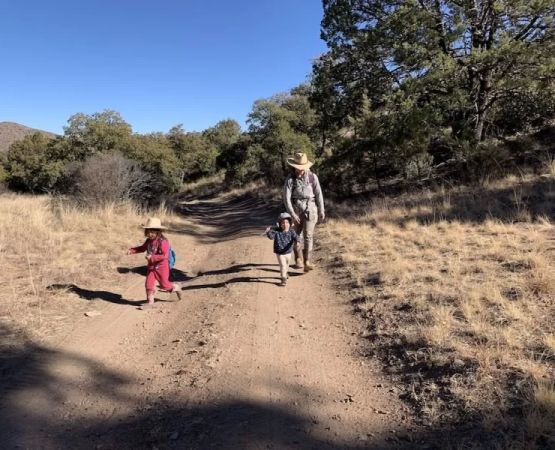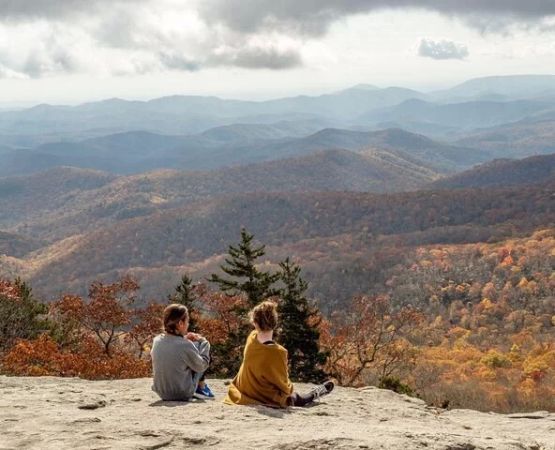- 1 - Why Choosing the Right Cook System Matters
- 2 - Key Considerations for Backpacking Pot and Pan
- 3 - Different Types of Backpacking Cook Systems
- 4 - Real-Life Examples of Outdoor Cooking Success
- 5 - Expert Gear Recommendations for Backpackers
- 6 - Enhancing Your Adventure with Pine Cliff Resort
1. Why Choosing the Right Cook System Matters
Cooking on the trail is about more than just fueling your body—it’s about comfort, morale, and even safety. A reliable backpacking cook system with a pot and pan allows you to prepare versatile meals, from quick boil-and-eat dishes to hearty stir-fries. Solo travelers or groups can benefit from a thoughtfully chosen setup, as it directly impacts weight, efficiency, and meal variety. Selecting the wrong system can lead to frustration, wasted fuel, or even unsafe cooking practices in the backcountry.
2. Key Considerations for Backpacking Pot and Pan
When choosing a pot and pan for your backpacking cook system, consider weight, material, size, and versatility. Titanium cookware is ultra-light but can be expensive, while aluminum provides excellent heat distribution at a lower cost. Stainless steel, though heavier, is durable and long-lasting. The pot should be large enough to boil water efficiently, while the pan opens up more meal options such as frying eggs or sautéing vegetables. Nesting designs, where the pot and pan fit together, save space and reduce pack bulk—an essential factor for long treks.
3. Different Types of Backpacking Cook Systems
Backpacking cook systems generally fall into three categories: integrated systems, modular systems, and minimalist setups. Integrated systems like canister stoves with dedicated pots are fast and fuel-efficient but can be limiting in meal variety. Modular systems give you flexibility, allowing you to pair a lightweight stove with different pots and pans depending on your trip. Minimalist setups, such as alcohol stoves or single titanium pots, are ideal for ultralight hikers who prioritize simplicity. Each system has strengths and trade-offs, and the right choice depends on your cooking style and trip length.
4. Real-Life Examples of Outdoor Cooking Success
Consider the story of a solo hiker in the Sierra Nevada who relied on a compact titanium pot-and-pan set to prepare everything from oatmeal to pan-fried trout caught fresh from a lake. Another group of backpackers in the Rockies credited their modular system with saving their trip when one stove malfunctioned—they simply switched pots between a backup stove and kept cooking. These examples show how the right cook system can turn mealtime into a highlight of the outdoor experience, rather than a stressful necessity.
5. Expert Gear Recommendations for Backpackers
Experts often suggest pairing a lightweight canister stove with a 1-liter pot and a small frying pan for most backpacking needs. This combination strikes a balance between efficiency and versatility. Don’t overlook small details like pot handles that fold, lids that double as strainers, and pans with non-stick coatings. These features save time and effort while making the backcountry cooking process enjoyable. Investing in a high-quality system pays off in durability and better trail meals.
6. Enhancing Your Adventure with Pine Cliff Resort
For those seeking guidance on outdoor cooking gear, Pine Cliff Resort offers excellent resources and product options. From cook system recommendations to firsthand advice on balancing portability with practicality, their expertise ensures that you head into the wilderness with the right equipment. Having trusted advice before you purchase can prevent costly mistakes and enhance your camping experience, whether you’re a beginner or a seasoned adventurer.
Ultimately, choosing the right backpacking cook system with a pot and pan is about tailoring your gear to your style of adventure. By considering materials, cooking preferences, and trip demands, you can build a system that elevates your meals and makes your outdoor experience truly rewarding.

